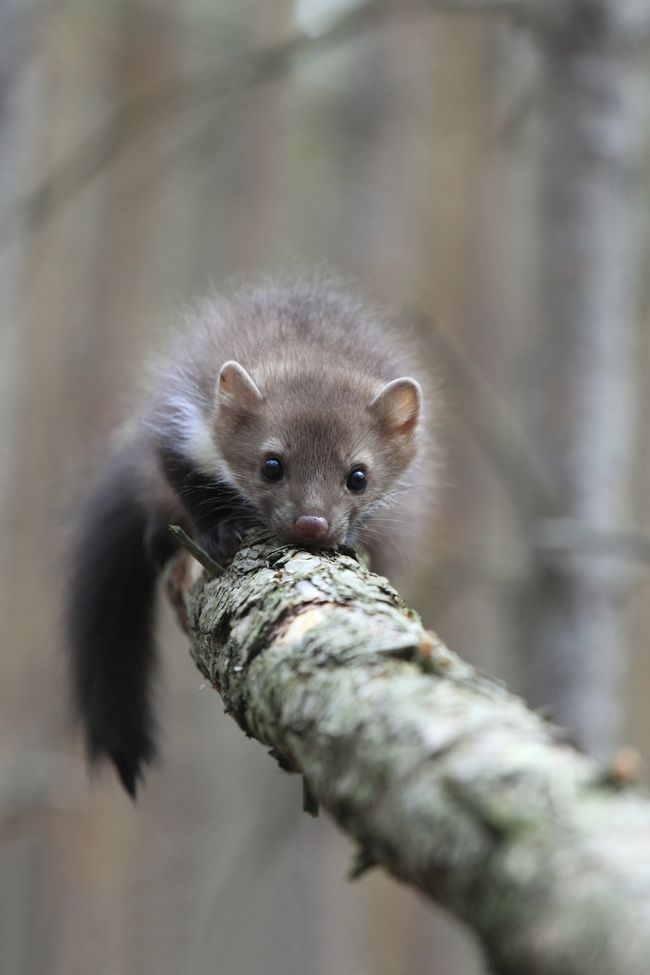Particularly active in the spring
Mice can cause considerable damage with their bites in hoses, ignition cables or axle collars. The costs for this are extensive.
This type of damage is especially common in the spring before the start of mating season, with the male mice biting the most.




Why mice bite in rubber parts
Mice are curious and like to search the engine compartments of cars. Since omnivores explore everything with their mouths, they gnaw on soft plastic and rubber parts. They usually bite everything with an unpleasant small.
What damage do mice do and how can you protect yourself?
These parts are most affected:
- Ignition cable
- Cooling water and windshield washer hoses
- Plastic hoses
- Bellows on drive shafts and on the steering
- Power lines or their insulation
- Insulating mats for noise and heat insulation
- Vacuum hoses for engine control
What are the consequential damages caused by mice bites?
- Damage to rubber cuffs - do not make themselves felt immediately. Only when water and dirt penetrate and bearing grease escapes will the drive and axle joints become damaged. Steering parts can also be affected.
- Bitten ignition cables - this may cause one or more spark plugs to stop working properly and the engine to be out of round. The engine indicator then indicates that something is wrong with the engine control. In this case, the control unit switches to an emergency program with which you can visit the nearest workshop. This is also urgently advised, because the fuel is no longer completely burned. In the worst care, the catalyst can be damaged as well as the engine power drops drastically.
- Cooling water hoses - this damage leads to a loss of coolant. The cooling water temperature rises and the engine overheats.
- Mice damage to vacuum hoses - can lead to a reduction in engine performance. Under certain circumstances, the engine changes in the emergency program and the brake booster could them be without function.
How to protect yourself
There are several ways to keep mice away from your car, especially your engine compartment. Here is a brief overview fo the most common methods:
- Odor defense - many people try to scare off mice. For this purpose, moth balls or even dog hair can be used. This is not always effective because the animals get used to the foreign odors quickly. Fragrances only help on short notice.
- Wire mesh - with a close-meshed, one-square-foot piece of wire mesh placed under the car, you can make it difficult for the mice to gain access to the engine compartment.
- Cable protection - the motor vehicle dealers offer hose cuffs made of hard plastic, which are pulled over exposed cables. Of course, these must be applied with great care so that they can withstand strong vibrations. Unfortunately, this does not protect the frequently attacked hoses and axle collars.
- Engine wash - as previously mentioned, mice are attracted by the spell and act aggressively. Therefore, a car wash can be very useful as soon as you suspect any mice nearby.
- Light - mice are nocturnal and therefore avoid bright light. So park your car in public places under a street lamp. For carports and private parking, it is advisable to attach a spotlight or a strong light source and couple them to a motion detector.
- Ultrasound - with sounds in very high frequency ranges, which are inaudible to humans, are intended to scare away the sound of mice. The advantage of this is that installation only takes a few minutes. A disadvantage is that animals get used to the unpleasant noise over time. It is therefore advisable to buy higher-quality devices that change the frequency tone regularly.
TUV NORD Mobility Inc.
Suite 415, 708-11th Avenue S.W.
Calgary, AB, Canada
T2R 0E4